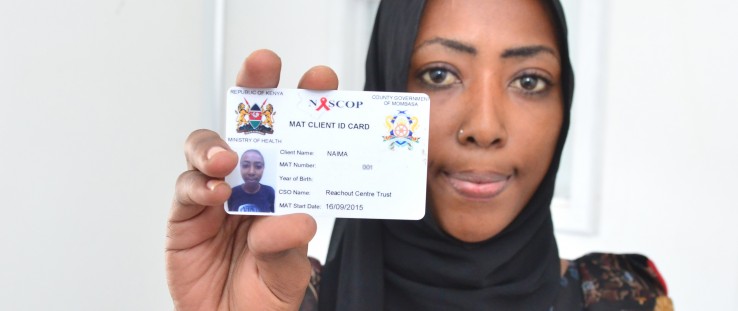 Naima, Mombasa’s first medically assisted therapy (MAT) patient, shows her MAT ID card. Every patient is required to present their card before receiving methadone.
Alex Kamweru
Naima, Mombasa’s first medically assisted therapy (MAT) patient, shows her MAT ID card. Every patient is required to present their card before receiving methadone.
Alex Kamweru
 Naima, Mombasa’s first medically assisted therapy (MAT) patient, shows her MAT ID card. Every patient is required to present their card before receiving methadone.
Alex Kamweru
Naima, Mombasa’s first medically assisted therapy (MAT) patient, shows her MAT ID card. Every patient is required to present their card before receiving methadone.
Alex Kamweru
Speeches Shim
Coastal Kenya is home to resorts, palm trees and turquoise waters. But beyond the white sand and salty air, something is slowly eating away at the fabric of communities here: heroin.
It’s 8 a.m. at the medically assisted therapy (MAT) clinic in Mombasa, and dozens of men and women have formed a line snaking around the compound. Patients come here every morning for their daily dose of methadone, an opioid medication that reduces withdrawal symptoms in people addicted to heroin.
Among the people in line is a young woman with a headscarf and bright smile. Mombasa’s first MAT patient, Naima*, is affectionately known as “001.” Only 28 years old, she describes a harrowing life full of hardship. When she was 16, a boyfriend introduced her to heroin, and she quickly became addicted. At first she smoked the drug, but later was taught how to inject, explaining “injecting keeps you higher for longer.”
Patients like Naima hand a MAT identification card to staff on the other side of the window, and their information appears on a computer screen: name, hometown, age and personalized methadone dosage. Methadone is then automatically dispensed into a small cup, which they drink with water. This tiny cup of liquid is literally making the difference between life and death for more than 1,000 people in Mombasa and Malindi—the coast’s two largest cities.
The USAID MAT program is funded by the U.S. President’s Emergency Plan for AIDS Relief and allows patients to safely and steadily decrease their dependence on opioids—cutting their risk of contracting and spreading HIV and other blood-borne disease through injections and other risky behaviors.
By using the latest data, PEPFAR supports effective and impactful HIV prevention services in areas hardest hit by the epidemic, and for populations most vulnerable to contracting and spreading the virus—including people who inject drugs. Since the program began in September 2015, over 1,000 people who inject drugs in coastal Kenya receive methadone from the clinics in Mombasa and Malindi, and this number is steadily growing.
USAID’s MAT program is enabling people like Naima to stop injecting drugs, and when combined with HIV treatment, can stop the transmission of HIV to others. “In a short period of time, we’ve seen the impact this program can have on people’s lives and well-being,” said Rene Berger, HIV team leader for USAID/Kenya and East Africa. “People who inject drugs are at a high risk of acquiring HIV. By providing methadone, we are decreasing this risk by avoiding the need to share needles and helping people empower individuals to take back their life and livelihoods.”
Patient 001
Naima’s addiction dominated her life, and she stopped going to school. She resorted to sex work to pay for heroin and alienated herself from her family. During this time, she contracted HIV, the virus that causes AIDS.
People who inject drugs are disproportionately affected by HIV/AIDS, with HIV prevalence among people who inject drugs in Kenya estimated to be three to five times higher than the general population. People who inject drugs also face stigma and discrimination from their communities, law enforcement and health care providers, making access to HIV and other health services more challenging.
In September 2015, a friend brought Naima to a seminar on methadone. At first, she and her friends were suspicious. “We thought it was poison meant to kill addicts so we would no longer be on the streets,” she said.
But then a thought occurred to her—heroin is a poison that was slowly killing them one by one—so if methadone was something that could potentially help free her from the grips of addiction, she wanted to try it.
Every day she went to the MAT clinic. “My appetite came back and I could sleep again,” she said, explaining the sense of empowerment and control she began to feel over her addiction. “I no longer felt like I needed heroin every time. I got back in touch with my family.”
She stopped sex work, eventually moved back in with her parents and slowly started to piece her life back together. During this time, she found out she was pregnant. A medical officer at the MAT clinic advised her that, even though she was HIV-positive, if she took antiretroviral (ARV) medication and regularly visited a doctor, her baby could be born HIV-negative—something she did not know was possible.
Naima took ARVs she received from a USAID-supported facility, along with her daily methadone regimen. Seven months ago, her daughter was born healthy and HIV-free. Today, she volunteers for a civil society organization that educates heroin users on the benefits of methadone and provides referrals to the MAT clinic.
Her mother, now an overjoyed grandmother, beams with pride: “My daughter and granddaughter were saved by methadone.”
*Last name withheld to protect privacy.


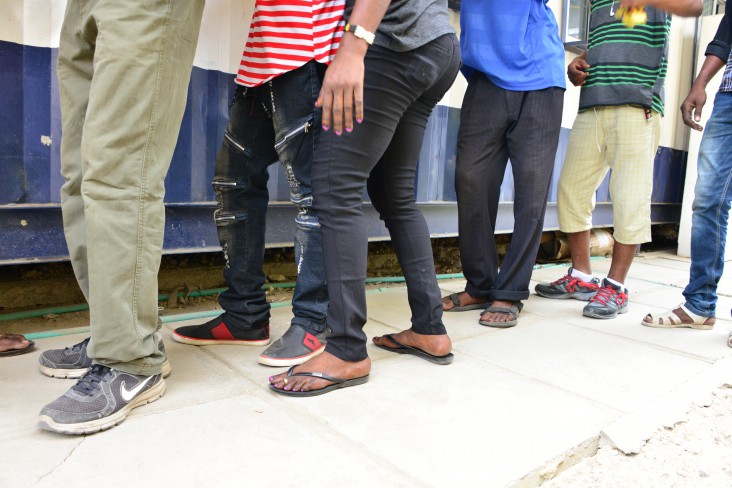
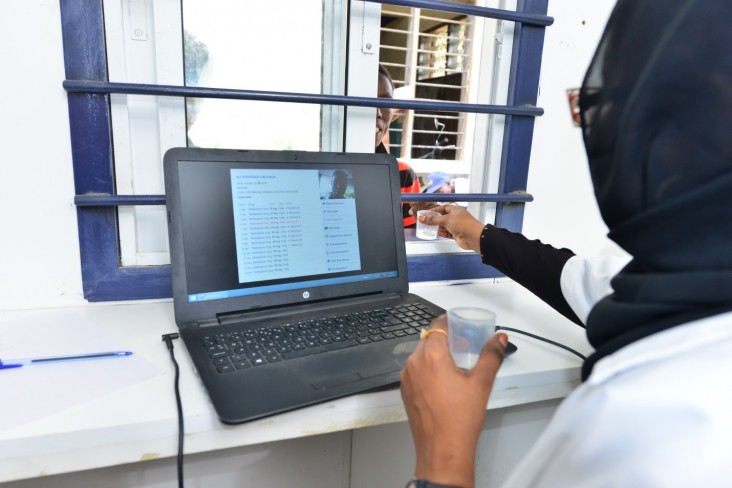
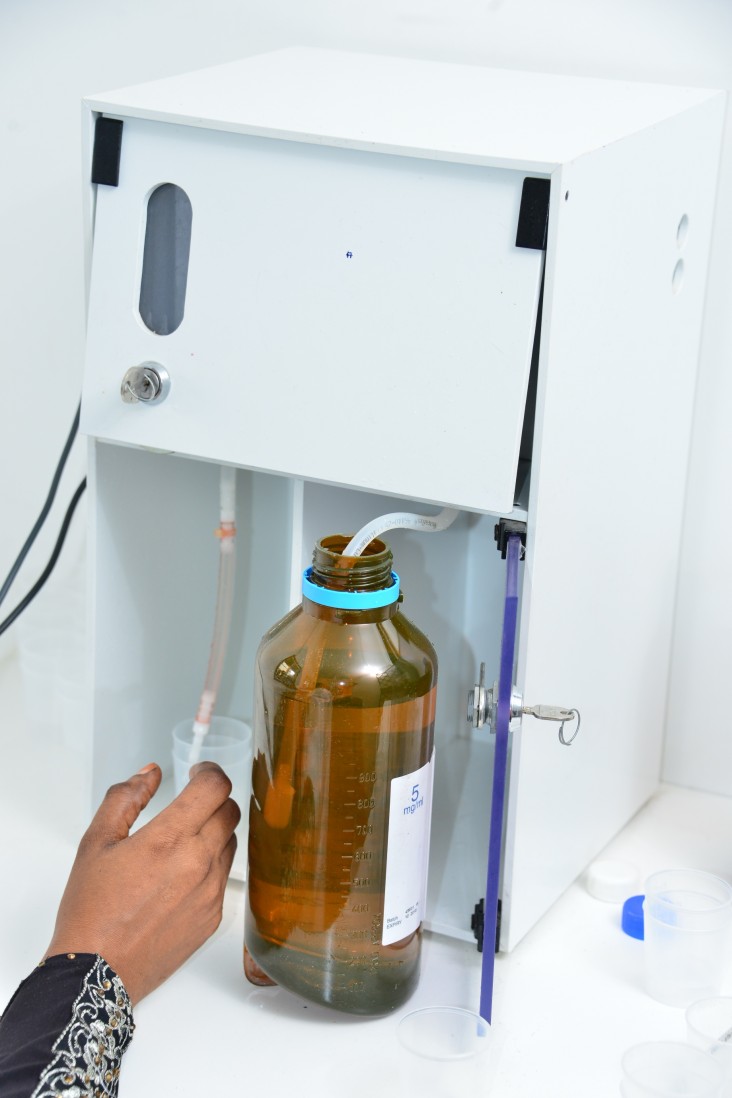
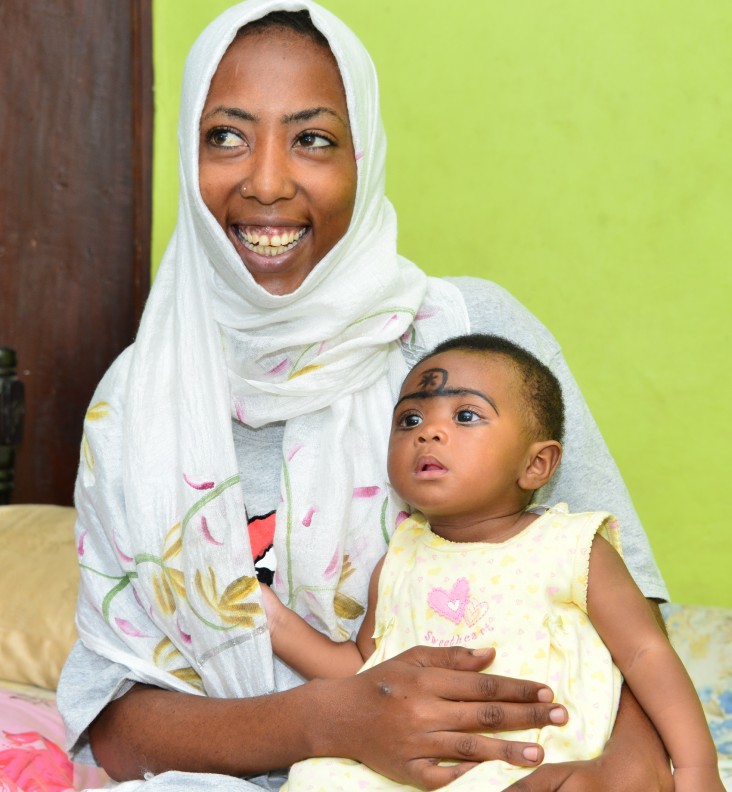
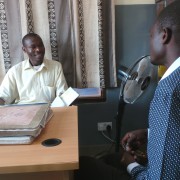
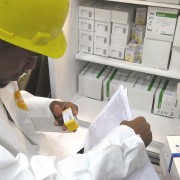
Comment
Make a general inquiry or suggest an improvement.